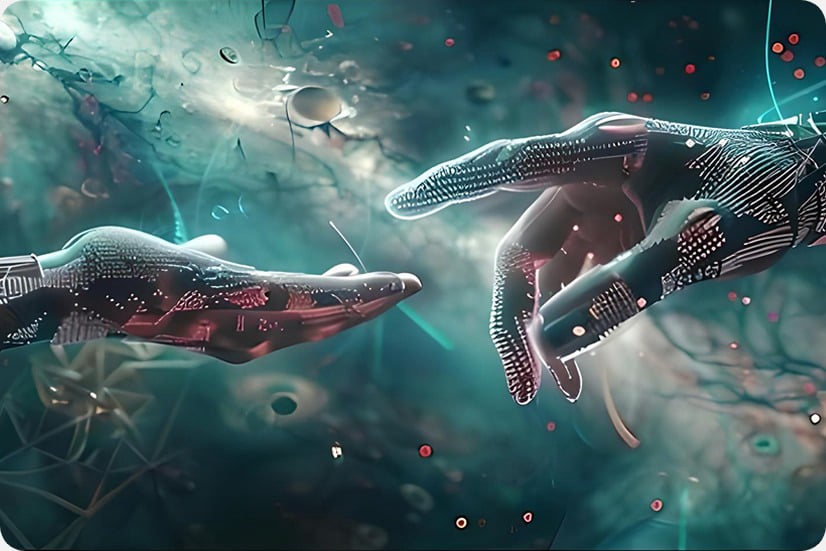Types of Images and Graphics Used in Web Design
Choosing the right imagery is a critical part of creating a website that feels both functional and visually appealing. The types of visuals you use play a significant role in shaping your audience's experience. From photos to icons, each has a unique purpose and impact. Let’s break down a few of the most common types and how they’re used effectively in web design.
Photography and Stock Images
Photographs are among the most versatile visuals in web design. They can tell your story, showcase products, or add a personal touch to your brand. Deciding between custom photography and stock images often comes down to your budget, timeline, and goals.
- Custom Photography:
This is the tailored approach. Custom photos are taken specifically for your website, reflecting your unique branding and personality. They can make your site feel authentic and help you stand out in a crowded market. However, it requires time and investment to coordinate professional shoots. - Stock Images:
These are pre-made photos you can purchase or download for free. They’re the quicker, more affordable option, especially if you’re in the early stages of designing your site. The downside? Stock photos are less personal and may feel overused since they’re accessible to anyone.
Both options have their place. While custom photography is ideal for building trust and creating a strong brand identity, stock images can fill gaps when time or resources are limited.
